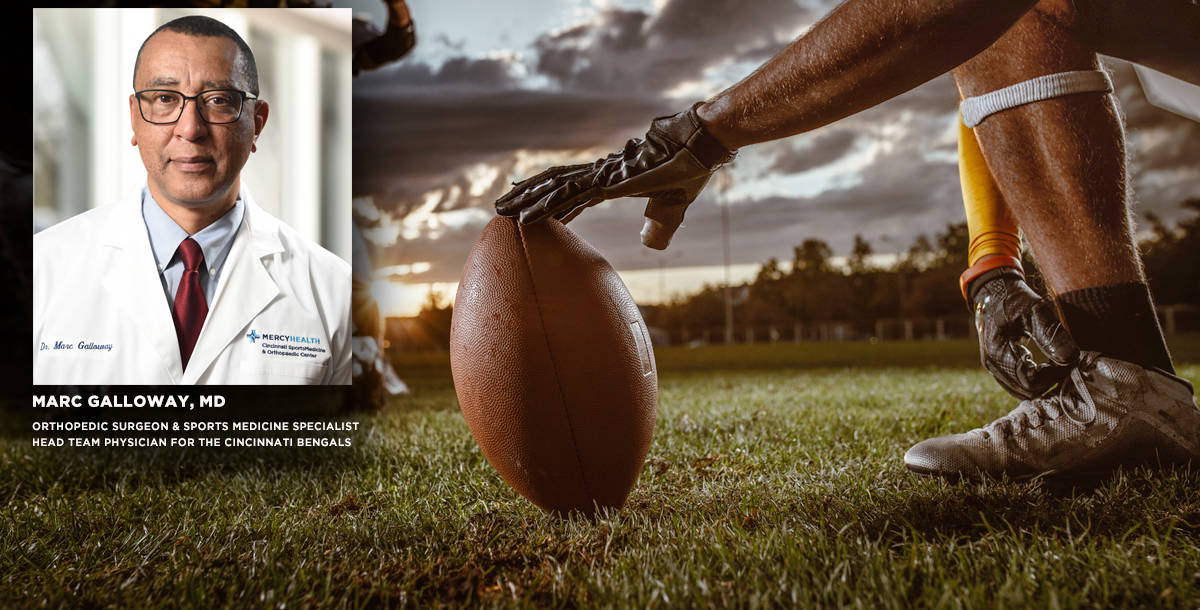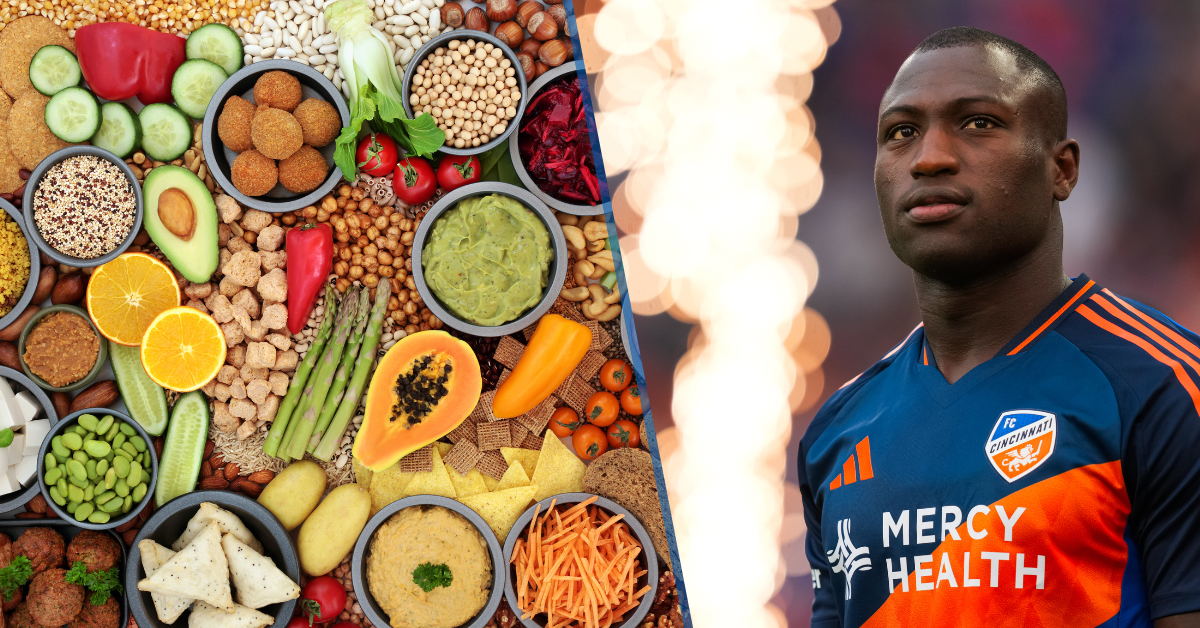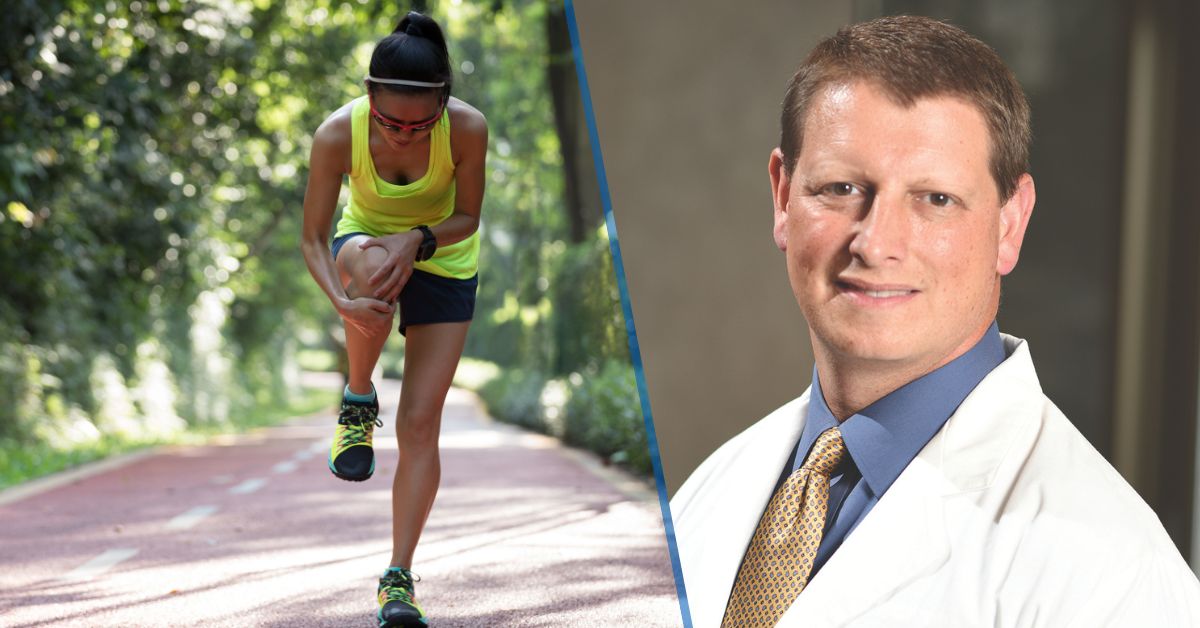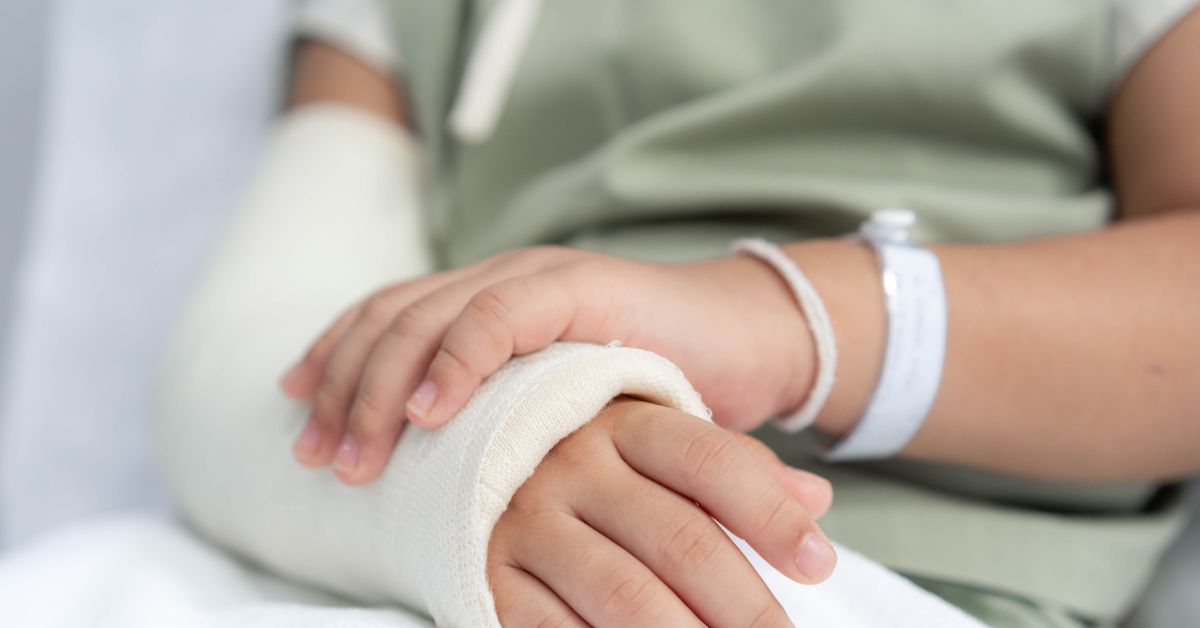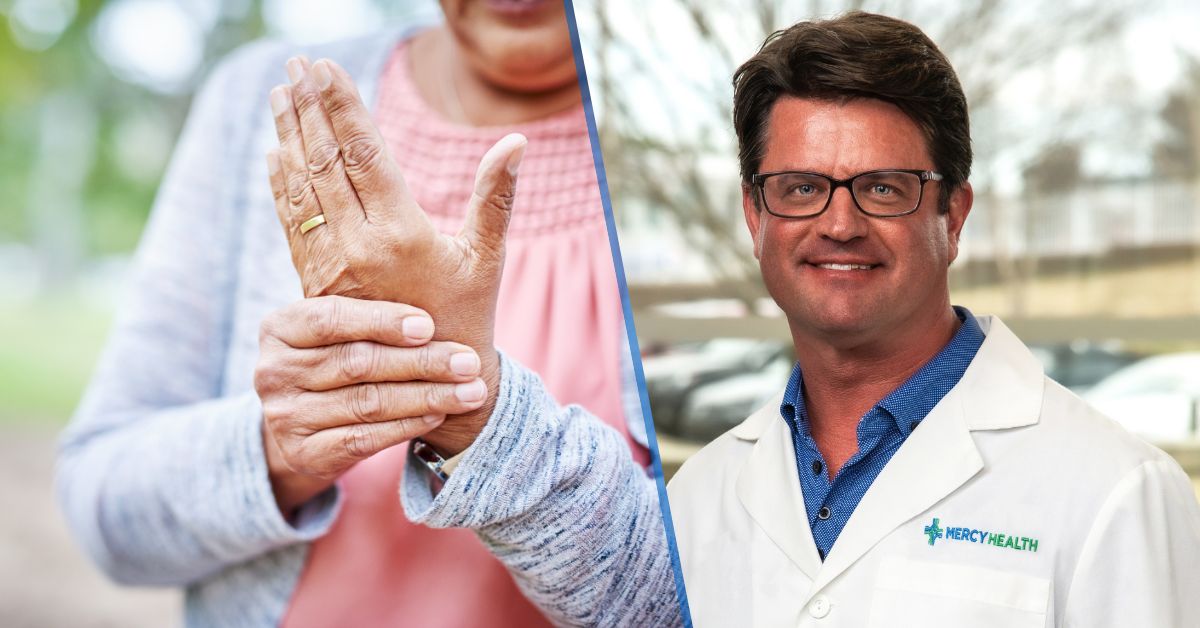In this episode of Mercy Health Medical Minute on 700WLW, Mike McConnell interviews Dr. Marc Galloway, Orthopedic Surgeon and Sports Medicine Specialist, on his role as the Cincinnati Bengals head team physician.
Mike McConnell: As the team physician, what does your job entail? What are your duties there?
Dr. Galloway: Well, it’s fairly specific. As the head team physician, you’re responsible for overseeing medical care which means attending all of the games. I have to be at the stadium several times a week to evaluate injuries and help determine what treatment options are available for players.
I also provide their surgeries and supervise their rehabilitation. Probably one of the more important parts of my job is determining when players are able to get back and play on a safe basis.
Mike McConnell: So, would treatment for a NFL player differ from a weekend warrior or a high school athlete with a similar injury? And what differences might there be?
Dr. Galloway: Well, the principles of treatment are the same. Obviously, you want to get individuals back as quickly as possible but also as safely as possible. Now, NFL players and other professional athletes are able to tolerate a little higher risk of re-injury because of the stakes involved and what is dependent on them getting back.
But in terms of the treatment options we can offer, usually they differ from the standpoint of space available. So you can do training in a facility that approximates what the players have to get back to, as well as having specialized equipment like underwater treadmills.
Mike McConnell: Right, they do have options I wouldn’t have in my basement.
Dr. Galloway: It would be difficult.
Mike McConnell: What about new techniques or treatments that show promise? Something that might be different in your field in the past few years?
Dr. Galloway: Well, over the last few years there has been more of a push toward individualized treatment. This means you take into account factors in a player’s injury that is unique to them. From there you are able to put together a treatment program that emphasizes what function they have remaining, so they don’t lose that. You are also able to address where their weaknesses are to help build those back up.
One of the things that we have been using is blood-flow restriction therapy. One of the techniques is applying a tourniquet-like device to help cut down on oxygen delivery to the muscle. It stresses the muscle more and allows it to respond faster.
Mike McConnell: Less oxygen?
Dr. Galloway: Less oxygen puts more stress on the muscle. Remember when you’re building up a muscle, you want it to burn right? You want it to deplete all of its energy and that is what causes it to get stronger. Well if you can cut down on the oxygen delivery, you’re able to stress the muscle earlier in the process. You’re then able to get a bigger return on your investment.
Mike McConnell: Let’s just talk high school for a minute. I would assume most of injuries are from football but, watching soccer, I see players go down a lot. Their knees get taken out from under them a lot too. Is there a fairly high rate of injury in that game?
Dr. Galloway: There is a very high rate of injury in soccer, especially in female soccer players and knee injuries. It’s due to the way they load their knees when turning and twisting.
If you look at some women when they play, their knees tend to collapse in and they assume a more knock-kneed type of posture. That type of posture places you at an increased risk of an ACL injury. So, there are a lot of injury prevention techniques that emphasize correcting that posture.
Mike McConnell: So learning how to run, turn and stop correctly will reduce that?
Dr. Galloway: Absolutely, it has been shown in multiple studies that this can reduce the risk of ACL injury.
Mike McConnell: Are there techniques that you encourage people to implement in other sports that might cut down on injury?
Dr. Galloway: Well, when you’re looking at football, that is a violent sport. The contact injuries you are not going to be able to prevent. But, when looking at non-football players or recreational athletes, the more common types of injuries are from overuse. And typically, overuse injuries are a result of increasing activity too rapidly before your body has a chance to adjust.
Whenever you are taking up a new activity, you typically want to make sure you’re not increasing that activity by more than 10 or 15 percent per session. You want to give your body a chance to respond to it. In terms of folks that are training, you want to maximize nutrition with a nice balanced diet, get enough sleep and stretch before activities.
Mike McConnell: So, if you want to get into marathon running, take your time and look into how much you’re supposed to ease into that. Don’t just go out and try a half marathon to begin.
Dr. Galloway: That is a perfect example. That is guaranteed to give you a stress fracture. The way to get into running is to start very slowly, gradually work into it and give your body a chance to adjust. Again, the number one injury that recreational athletes get are overuse injuries. The number one way those happen is training error, and the number one training error is too rapid an increase in activity.
Mike McConnell: So, to get into this field, did you ever have an injury of your own?
Dr. Galloway: Yeah, I blew my knee out playing football when I was 15-years-old and my doctor was a great doctor. But, that was a long time ago so I was in a cast for six weeks and didn’t have any therapy afterward. That pretty much ended my athletic aspirations.
But, as they say, one door closes and another door opens. That experience introduced me to medicine and, specifically, to orthopedics.
Learn more about the Sports Medicine services offered at Mercy Health.


